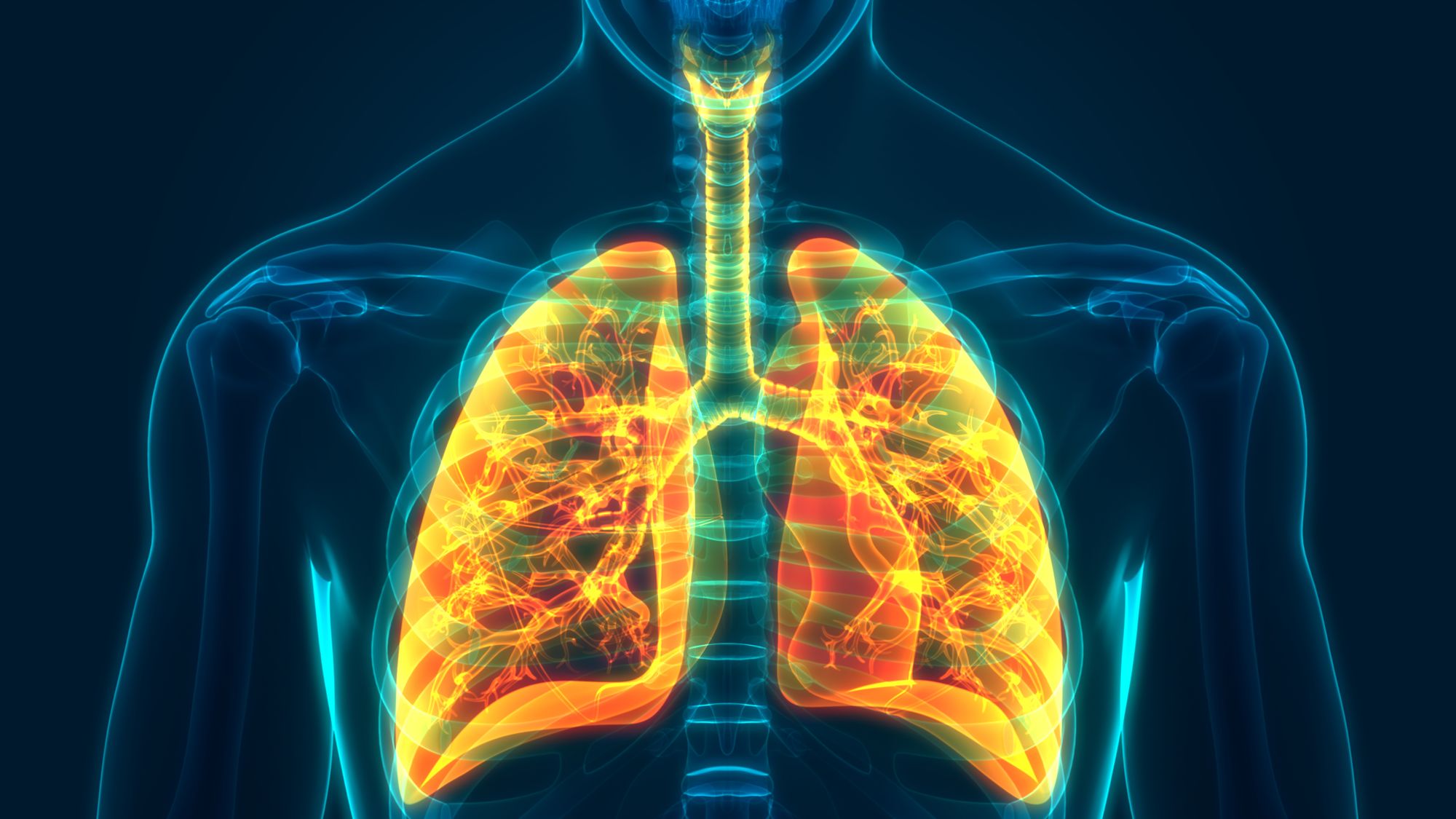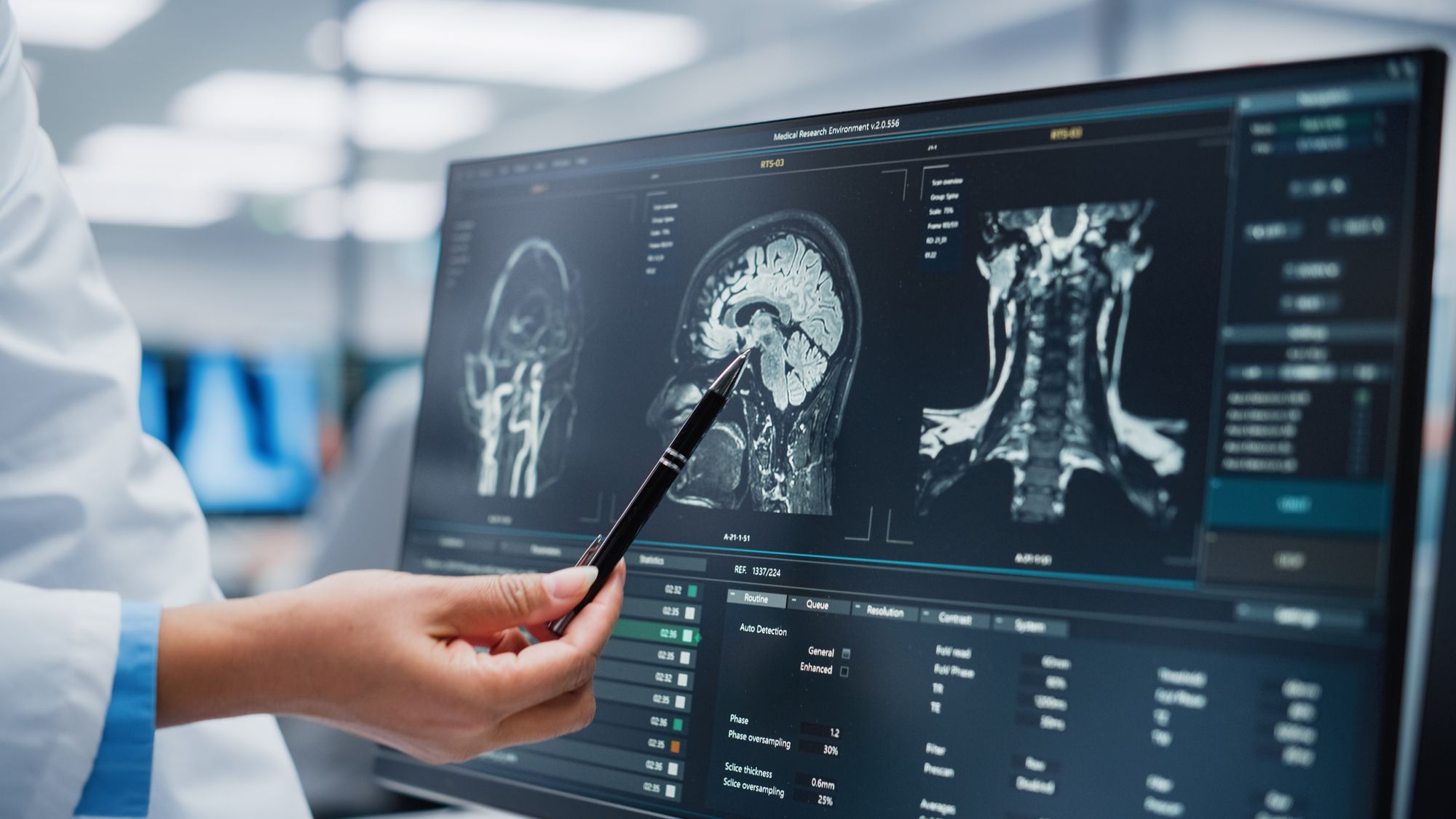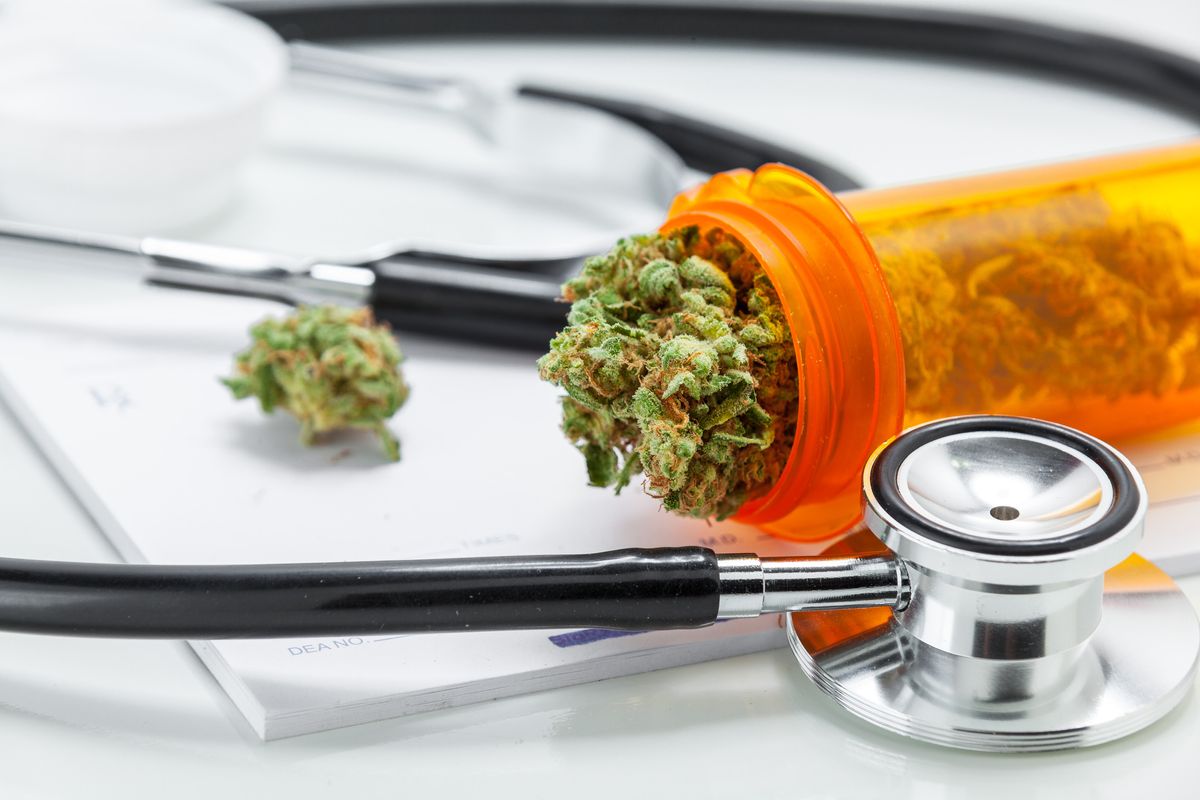Although recreational marijuana is now legal in 21 states, concerns have been raised by some lawmakers and health experts that the regulations surrounding its use are evolving faster than research into its safety. Due to its federal illegality, conducting comprehensive studies into the potential risks and side effects of cannabis has proven to be exceedingly challenging. Despite this, some politicians argue that legalizing marijuana is the only way to enforce regulations and protections for its sale, especially when it comes to preventing children from accessing the drug.
Congressman Earl Blumenauer (D-Ore) emphasizes that one of the primary reasons he advocates for legalizing, regulating, and taxing marijuana is to prevent young people from accessing it, as it has been shown to have negative impacts on developing minds. He also highlights the need for consumers to have access to accurate information about the products they are consuming, such as the level of THC, to ensure that they are making informed decisions.
The FDA recently declined to regulate cannabis as a dietary supplement and rejected three citizen petitions requesting guidance on CBD. The agency stated that there is currently insufficient evidence to determine safe consumption levels and a new regulatory approach is required to balance consumer demand for CBD products with the necessary regulatory oversight to manage risks. In the meantime, consumers must exercise caution when using marijuana, and here is what we currently know about its potential side effects, according to experts.
1) Risks Associated with Edible Consumption

According to research, the rates of pediatric poisonings have increased in Canadian provinces where edible sales are legal compared to those where they are not, despite the introduction of child-resistant packaging. Daniel Myran, a fellow at the Ottawa Hospital Research Institute, suggests that incorporating cannabis into candy or chocolate may be a contributing factor to the increase in poisonings. He questions whether this product form is necessary and whether adult consumers can be given the option to purchase a legal cannabis product that does not strongly appeal to young children.
Dr. Marit Tweet, an emergency medicine physician and medical toxicologist at the Southern Illinois University School of Medicine, points out that the issue is likely underreported. If children consume edibles at home, and their caregivers do not seek help from poison centers or healthcare providers, these cases will go unreported. Furthermore, if a child experiences mild exposure and the healthcare provider can manage their care without requiring the involvement of a poison center, these cases may also go unreported.
2) Anxiety Associated with Cannabis Use

While marijuana use can result in anxiety, research indicates that the dosage is a crucial factor, as small amounts may help to alleviate anxiety symptoms. According to Susan A. Stoner, PhD, lower doses of THC appear to reduce anxiety, whereas higher doses can increase it. In a recent study, participants were subjected to a well-established psychosocial stress task, and those who received a low THC dose (7.5 mg) experienced a reduction in the duration of negative emotional responses to the task and rated the stressor as less threatening and challenging after the task. However, those who received a higher THC dose (12.5 mg) experienced small yet significant increases in anxiety, negative mood, and subjective distress at baseline, both before and during the psychosocial stress task. These findings indicate that the appropriate THC dosage is critical in determining the impact of marijuana use on anxiety.
3) Emphysema and Cannabis Use

Studies suggest that smoking marijuana may lead to lung damage similar to that caused by tobacco smoke. According to Andrew Salner, MD, medical director of the Hartford HealthCare Cancer Institute at Hartford Hospital and member of the CT Medical Marijuana Program Physician Advisory Board, smoking marijuana increases the risk of lung disease and can cause emphysema and chronic bronchitis. While vaping doesn't produce combustion products, it does involve compounds that directly enter the lungs, potentially causing damage to lung tissue. Past incidents of vaping-related lung injuries demonstrate the risks associated with the use of flavors and other compounds.
Although there is no direct research linking marijuana use to lung cancer, Dr. Salner is concerned about the long-term effects of smoking marijuana. Individuals who smoked tobacco in their teens and beyond frequently develop cancer in their 60s, suggesting that smoking marijuana for many years might have similar effects. Dr. Salner notes that many scientists would likely agree that smoking marijuana contains the same toxins and carcinogens as tobacco smoke, and that a single marijuana cigarette may have the same carcinogen content as 10-20 conventional cigarettes.
4) Effects of Marijuana on Brain Development

Studies suggest that marijuana use during adolescence can have negative impacts on brain development. According to Pravesh Sharma, MD, marijuana contains over 500 chemicals, with delta-9-tetrahydrocannabinol (THC) being the primary psychoactive compound. The potency of a marijuana product, or how much of a high it produces, is directly related to the concentration of THC. Marijuana use by young adults and adolescents can interfere with normal brain development, causing issues with learning, memory, coordination, reaction time, and judgment.
Frequent and excessive marijuana use is associated with hallucinations, paranoia, and emotional problems. Marijuana use disorder, a severe form of marijuana abuse, can result from heavy and early marijuana use, particularly in combination with other risk factors. Youth who use marijuana at a young age, in large amounts, and with other risk factors are more susceptible to developing marijuana use disorder.
5) Marijuana-Related Traffic Accidents

According to a 2022 study, traffic accidents have increased in states that have legalized marijuana. Charles Farmer, vice president for research and statistical services at the Insurance Institute for Highway Safety and lead researcher, explains that marijuana, like alcohol and most other drugs, alters one's feelings and behaviors, which in turn impacts driving. He cautions that driving after using marijuana is not advisable.
The study found that car crashes with injuries increased by almost 6% and fatal crashes by 4% in states where marijuana is legal, with no increase reported in states where marijuana is still illegal. Farmer expresses hope that these early trends can be reversed with appropriate education and enforcement strategies, and states that are considering or in the process of legalization can avoid the rise in crashes. Although marijuana legalization is a novelty, it's becoming increasingly evident that it comes at a cost.

